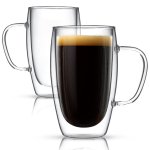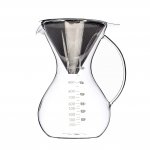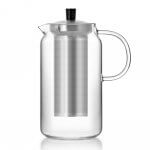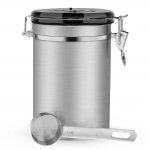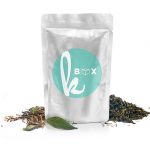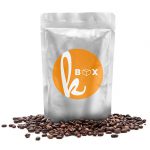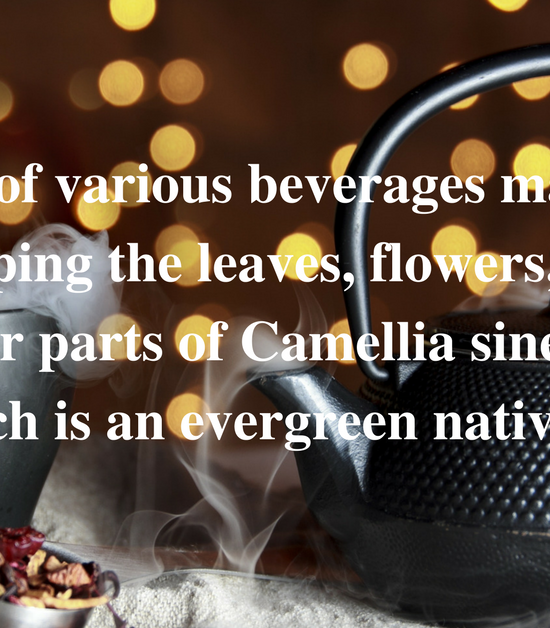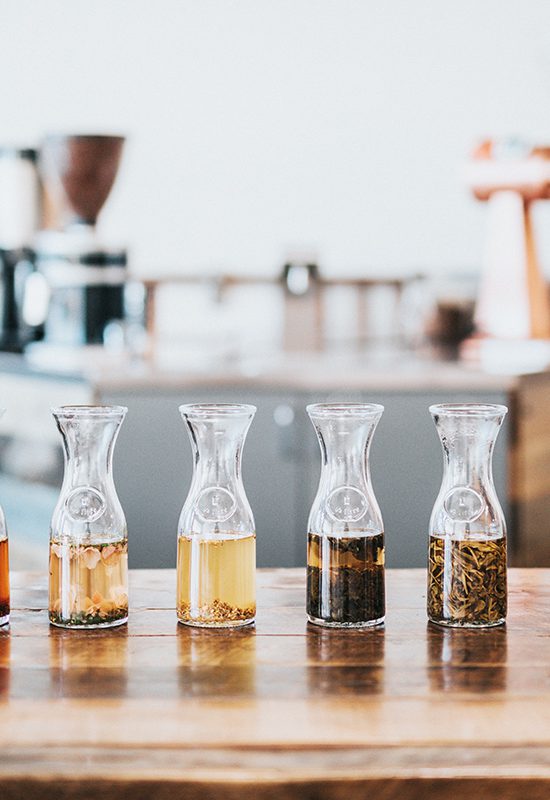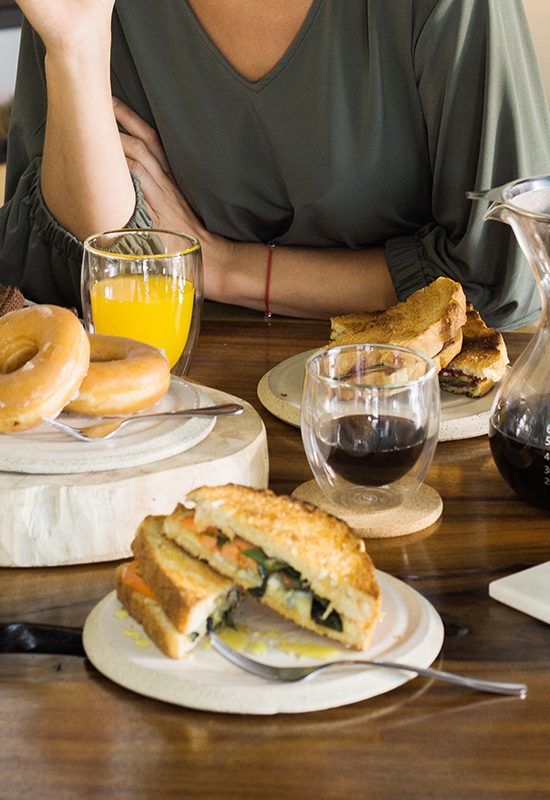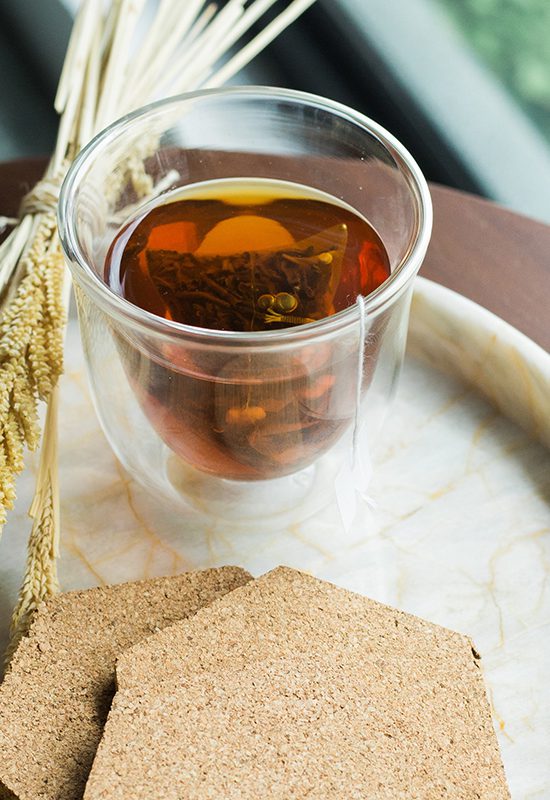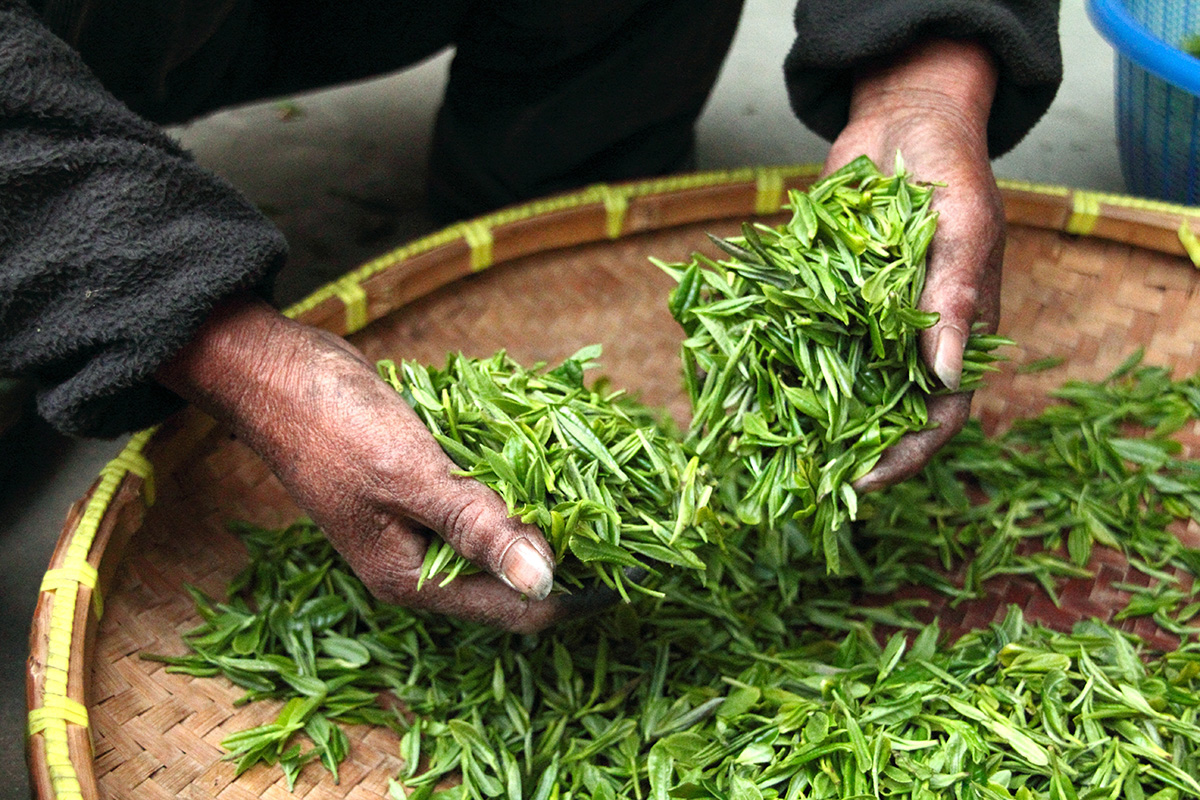
A Beginner’s Guide to Selecting High-Quality Tea Leaves
If you’re a beginner in the world of tea, chances are you may not exactly know what to look for in a tea to make it earn an approval seal and say that it is of high quality. A lot of tea drinkers are quite satisfied with tea bags which contain dust and fannings even though these are of low quality. In retrospect, a lot of them may also not be aware that most tea bags are low-grade teas.
But just because you are not aware doesn’t mean you throw away your chances of tasting high-grade teas available in the market now. These days, more and more consumers choose their tea wisely because as with many other things, you get what you pay for when it comes to tea.

A lot of consumers are now geared towards purchasing whole or loose leaf teas because these have better taste and aroma. Since these are also high-grade, they’re generally more expensive but truly worth the value for your money.
Aside from getting the most of your tea’s health benefits, every teacup or tea break becomes more enjoyable and something that you can look forward. You will most likely not forget the flavorful taste and the pleasant aroma.
High-grade vs. Low-grade
In this article, there will be lots of references to high-grade and low-grade. Tea grading is the process of evaluating tea leaves. Leaves are assessed based on their quality and condition. Therefore, high-grade tea leaves are of high quality while low-grade are of poor quality.
If you’re still grasping the ins and outs of the tea world, then the most common way to determine that tea is high-quality is through its taste. High-quality tea tastes a lot better, but most of the time, you don’t really get to taste it before you purchase it.
Your best bet is to check the leaves! Here are some characteristics you should consider. Read on for this beginner’s guide to selecting high-quality tea.
1. Dried tea leaves
High-quality dried tea leaves are whole, uniform, and glossy. Different types of teas have different leaf sizes. Apparently, some are big, and some are small, but high-quality ones are not broken. For example, green tea leaves are small. Large green tea leaves are an indication of poor quality.
However, this may not be true to other types of tea. As a tea newbie, you might not exactly know the size of the leaf a type of tea should have to know that it’s high-quality. Thus, the key here is to check the uniformity of leaves. Dried tea leaves should be uniform in sizes and shapes.

2. Aroma of dried tea leaves
Dried tea leaves give off a beautiful mix of aroma. High-quality tea leaves have stronger and more complex aroma than poor-quality ones. When it’s high-quality and fresh, there’s this distinctive pleasant or savory smell that’s hard to resist!
3. Tippy tea leaves
Tippy teas have generous or greater amounts of tips or hairy leaf buds. The tips are either silver or gold in appearance or color. They’re higher in caffeine and have more delicate flavor and aroma.
When looking for high-grade teas, look for tippy teas as they have been finely plucked and you can be sure that standards have been met. The more tips there are, the better.
4. Properly-rolled leaves
Rolling is an essential process of making tea. Well-rolled leaves are a key to having a flavorful cup. The preferred standard is usually wiry rolled leaves, and there should be consistency or uniformity with the rolling. To achieve this, the leaves should be rolled under accurate pressure right during processing.
When you see that some of the leaves are wiry and some aren’t, it is a sign of poor rolling and results to low-grade teas.

5. Stalk and flake-free leaves
Some tea leaves come with stalks but the best ones actually shouldn’t have. Tea leaves with stalks indicate that the leaves weren’t plucked finely during harvest. Stalks are also called fibre in CTC style of tea (Cut, Tear, Curl) and immediate stalks in orthodox.
Another indication of not finely plucked leaves is the coarse leaves that you will see in your tea. These are the flat and brittle ones that did not wither along with other leaves. High-grade tea leaves should be free of these flakes.

Another point to consider in determining a good quality tea is the appearance of its wet leaves when brewed. Granted that you have purchased the best loose leaf teas based on the factors above, you can finally say that you got it right because the leaves should fully open and should pretty much look like how they were during harvest season. Again, the leaves should be largely unbroken.
Lastly, it all boils down to the taste. As mentioned earlier, high-grade teas taste way, way better than those of poor-quality broken tea leaves. So if you’re ready to take the plunge, then it’s time for you to hunt the best-tasting tea!
*Pin for later.

